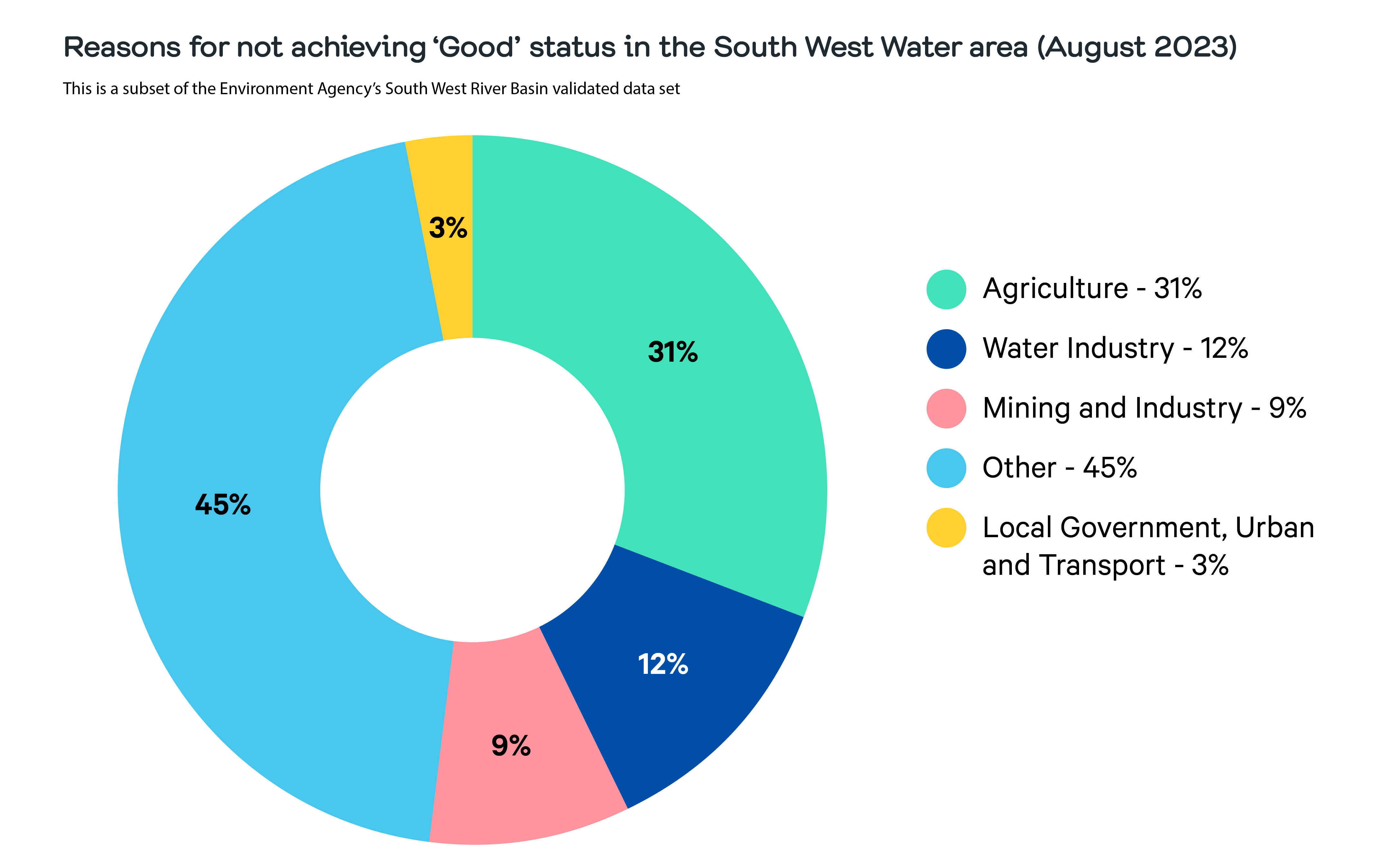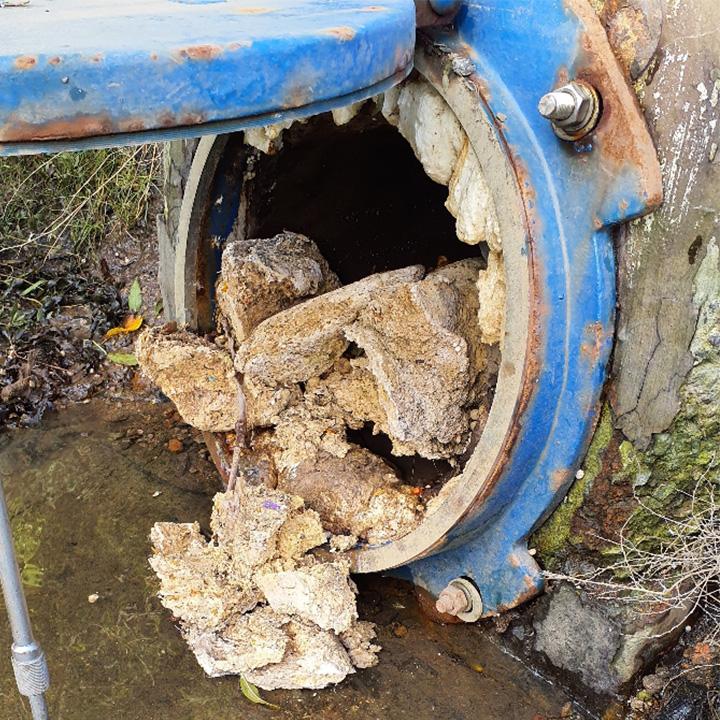
Tamar
Managing wastewater and protecting water quality
About the catchment
In this area there are 153km of rivers and streams as well as a coastline which includes 10 designated bathing waters and 1 designated shellfish water.
Why do we have storm overflows?
Storm overflows act like safety valves on the wastewater network. When the system becomes too full (for example, after heavy rain), storm overflows release the excess. If they didn’t work, sewage would build up in pipes and flood into people’s gardens and homes.
We want to reduce the need for storm overflows to operate, which is why we’re investing record amounts into improving, expanding and upgrading our network to better cope with the volumes of wastewater it deals with.
How we’re reducing our reliance on storm overflows in this catchment
We are reducing our reliance on storm overflows by:
- Reducing the amount of rainwater and groundwater entering our system
- Slowing the flow of water through the environment
- Increasing our network’s capacity to store and treat flows
Our monitoring teams constantly review data being sent back to us from our EDMs, sewer level monitors, river water quality monitors, flow and pressure monitors and water samples. This constant data-gathering is fundamental to modelling our system and identifying areas for improvement.
For this catchment, this means:
River health
We use the Environment Agency’s measures of river health to assess our impact on rivers. Ecological status of our rivers are at a national low (just 14% of rivers achieved Good in 2022).
Currently, in our area, 12% of Reasons for Not Achieving Good Ecological Status (RNAGs) are associated with our activity. We estimate that our investments into our storm overflows will reduce this to c.9% by 2025, and we aim to make further investment to reduce this to 0% by 2050.
There are a lot of other factors that impact the quality of river and coastal waters. The pie chart below shows what they were in 2023, and the percentage of RNAGs they caused.

We work in partnership with others to improve water quality across our region and to help clean up the rivers in the South West.
The important role you play
A note for businesses
Areas of Tamar welcome up to 9.3% more people in the summer. This means it’s a hotspot for hotels, restaurants, and cafes. If you own a catering or food-related business, we’ve got some useful information just for you about using our sewers in the right way.
Living in and serving Tamar
Steve looks after the pumping stations in the Plymouth area, and is proud of the work his team do.
“Maintaining the pumping stations within the Plymouth area has its challenges,” Steve says, “and in some pollution cases, the problem is wet wipes and fat blocking the pumps. I feel upset as it’s not the fault of the maintenance and work that the team carry out.”
Steve is passionate about raising awareness of what should and shouldn’t go down the loo, and getting people to take action. “We need people to listen and change their behaviours to help stop pollution events and storm overflow spills caused by these blockages. We can all help protect the places we live in.”





